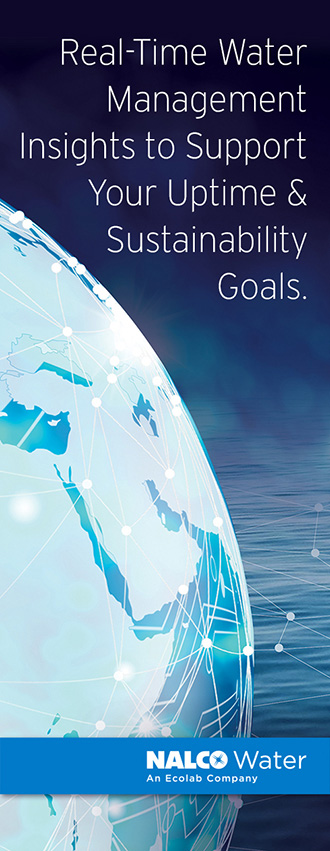Matsumoto covers distributed edge infrastructure at 451 Research, which is a part of S&P Global Market Intelligence. With a focus on CDNs, data center interconnection services, and edge computing, he follows the evolution of infrastructure into cloud-native services controllable by software. He also covers the aspects of hyperscale public clouds that overlap these sectors. Based in Silicon Valley, Matsumoto spent 23 years in technology journalism prior to joining 451 Research in 2018.
Regarding enterprise customers, how do you see current trends in their sector and outsourcing requirements evolving?
Enterprises started taking interest in multi-cloud some time ago. Generally, that meant exactly two clouds—either AWS or Azure, with the other as an accidental ancillary cloud. We now see more interest in using multiple clouds more effectively and using the clouds to back up each other. We’re getting to where an enterprise will be able to hedge clouds against one another, moving workloads at will depending on factors like price. We’re expecting to see enterprises connecting to an increasing number of varying entities over time—like multiple clouds and SaaS providers, their partners, and their customers’ businesses directly—for security, better performance, or lower latency.
Interconnection is one of your focus areas. What’s your perspective on how the model has evolved over time for colocation customers?
We asked customers in the colocation centers about their uses for interconnection, and specifically their preferred destinations to connect to. Fifty-one percent of responses cited public cloud. Additionally, 36 percent connect to their own deployments in other data centers (so, the enterprise connecting to itself) and 26 percent are connecting to SaaS services, connecting directly to things like Salesforce. I would expect connections into SaaS services to increase as direct connections in the private cloud become popular.
How would you describe the importance of self-provisioning as a tool in interconnection services?
At a surface level, the benefit of self-provisioning is avoiding the traditional weeks-long process of setting up a telco circuit. What used to be on enterprise LAN now sits in the cloud, the SaaS provider, or somebody else’s colocation deployments. What used to be the LAN itself—the wiring going inside buildings or across enterprise campuses—is now the Internet. This network previously under their control has been ceded to the Wild West public network, with the attendant problems and security issues of the Internet. Similarly, where an enterprise once went to a telco partner to set up formally and deliberately a wide area network among different enterprise sites, we now have SD-WAN.
Self-provisioning can help enterprise regain control of that home network by first corralling that connectivity within known services. Then they can quickly assign connections or change bandwidth assignments depending on demand. Self-provisioning takes what used to be phone calls to providers and creates a web portal that gives the enterprise autonomy.
Shifting gears to another key sector trend, what is your view on the strategic importance of subsea cable landings for data center providers?
Data center providers depend on the reach of subsea cable landings to access other points of interest for their customers. The global growth of enterprises will increasingly cause those points of interest to be on other continents, which matters because of the differing data sovereignty laws. Certain pieces of data will have to stay in certain places. A data center operator close to one of those subsea stations can access greater connectivity and a wider variety of overseas options due to proximity to the convergence of the network lines, which in turn makes the data center more of a one-stop shop.



